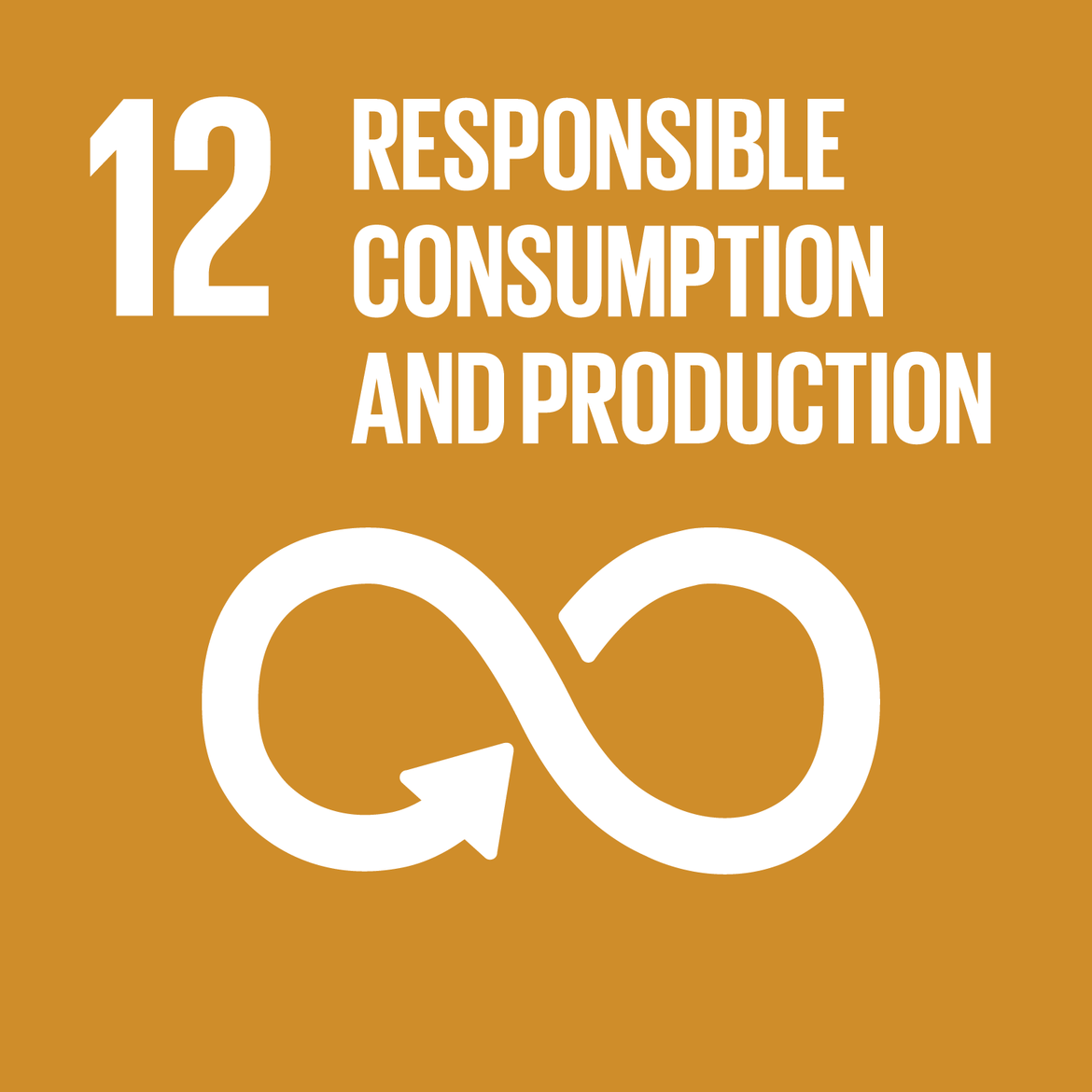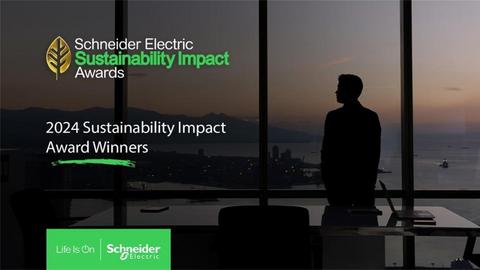Publications
What are the possible futures of food takeaway packaging ?

When it comes to sustainable food packaging, nearly every choice seems bad at the moment.
There has been much discussion about the benefits of eco-friendly packaging in Singapore where most waste is incinerated. Scientists at Nanyang Technological University (NTU)* recently published a report concluding that single-use plastic bags have a lower environmental footprint than single-use paper and multiuse cotton bags. Their model applies specifically to Singapore considering its island status and waste management processes. Their findings confirms that navigating the green economy and making informed choices is not that simple.
Compostable? Recyclable? Degradable? Which is your creed when it comes to food packaging?
Simply speaking, these characteristics we take for granted often fail to materialise. Degradable plastic bags will transform into microplastics that will leak into the oceans. Compostable cups will take decades to decompose in a landfill where they are deprived of oxygen and light. Most bio plastic packaging (produced from renewable resources) will only decompose in a temperature-controlled environment i.e., in an industrial facility which most countries are not equipped to handle. “Biodegradable” labels entertain the idea that food packaging is part of a closed-loop system when it is not.
New entrants in the food delivery space believe in educating consumers on the only real circular solution: reusable packaging. They have come up with “waste free meal deliveries” thanks to their reusable foodware made of silicon or stainless steel. The local Singaporean start up barePack, has partnered with 130 restaurants island-wide and major food delivery apps with a goal to scale up their sharing economy solution and change habits.
“We need to transform the convenience mindset that feeds the throwaway culture,” says Gustavo Maggio, a product designer who has researched cultural behaviours and food habits. For four years, Gustavo spent time in several of the 117 hawkers’ markets on the island to understand why the BYO (Bring Your Own) container movement was not picking up. The conclusion of his research is the design of a solution that merges the idea of reusability and single use. His design practice, Forest & Whale will be releasing this summer at the DesignSingapore Council exhibition a container with a removable paper liner which he believes will accelerate adoption.
The logistics of reusable containers are complicated and the costs are high. Before society is ready for a shift, there is still a massive market for single use packaging – a market which has grown even more with the pandemic. With a growing consumer awareness of sustainability, food service providers are buying alternatives to plastic packaging. PLA (Polylactic Acid) has become the favoured contender of plastic. A substitute made from fermented sugar in corn starch, cassava, or sugar cane, it can be made into bags, bottles, and other materials. Although it comes from renewable carbon absorbing plants and does not emit any toxic fumes when incinerated, critics point to its low level of biodegradability (slow to decompose under a controlled composting environment and must be kept separate from the recycling stream) and the fact that it requires extensive land use to produce. Incidentally, it is not suited to hot food. In Southeast Asia where there isn’t much corn, bagasse produced from waste generated by the sugar-making process from sugar cane – is popular (Thailand and China are big producers). Its proprieties are comparable to paper and it can be made into to bowls, cups, and napkins. Bagasse releases no toxins and is home compostable (though it can take up to several months). It is also used as biomass fuel to produce electricity which makes it a viable eco-friendly alternative. Other niche plastic substitutes include edible packaging solutions. Such has been developed in Indonesia by Evoware. The company uses seaweed to manufacture food wraps and sachets which have a shelf life of 2 years and will simply dissolve in warm water. However, producing it does involve seaweed farming at scale.
According to Brice Degeyter from Bizsu, a company that supplies sustainable products for businesses, “nature-based materials have now become very affordable compared to plastic. From a health perspective, ending the use of plastic is essential as it may leach out harmful chemicals into the food we eat.” Considering aspects such as slow biodegradability, stress on food crops, restricted material applications, and carbon footprint associated with shipping, nature-based materials are not necessarily ideal for Singapore.
Hope lies in a new generation of plastics which addresses some shortcomings: Polyhydroxyalkanoates referred to by a (simpler) acronym, PHA. PHA is made by microorganisms, sometimes genetically engineered, that produce plastic from organic materials such as plants, agriculture residue or food waste. PHA can be as cheap as plastic and is 100% biodegradable and compostable. Its chemical structure - similar to plastics- makes it suitable for various applications. It breaks down when exposed to bacteria and fungi in natural environments, just like paper or wood. No wonder the FMCG sector is setting eyes on it. In 2019, Nestlé signed up a global partnership with Danimer Scientific (U.S.A.) to develop PHA biodegradable bottles for Nestlé’s water business. In Singapore, RWDC Industries – a biotech company - won the Temasek Liveability Challenge with a PHA made from used plant-based cooking oils. It intends to sell it as pellets in the near future so that packaging can be produced locally. It is still early days for PHA, and it will be a few years until it can be produced on a global scale. The process process to convert substrates into valuable polymers is complex. The good thing about PHA is that it can be composted together with food waste. The city of Milan in Italy is already using PHA bin bags to successfully collect 90kg of food waste per inhabitant with less than 5% contamination. The waste is composted for soil remediation or used to produce biogas.
Regulatory drivers will be key to create a viable market for PHA. Singapore’s new legislative food waste landscape will require owners and occupiers of commercial and industrial premises to segregate their food waste for treatment from 2024. This should contribute to make PHA an appealing material.
* Journal of Cleaner Production, August 2020

© Written by Manuela Moollan, Sustainability & Impact Consultant for FOCUS #75. To read more articles from this issue, download your digital copy here.


